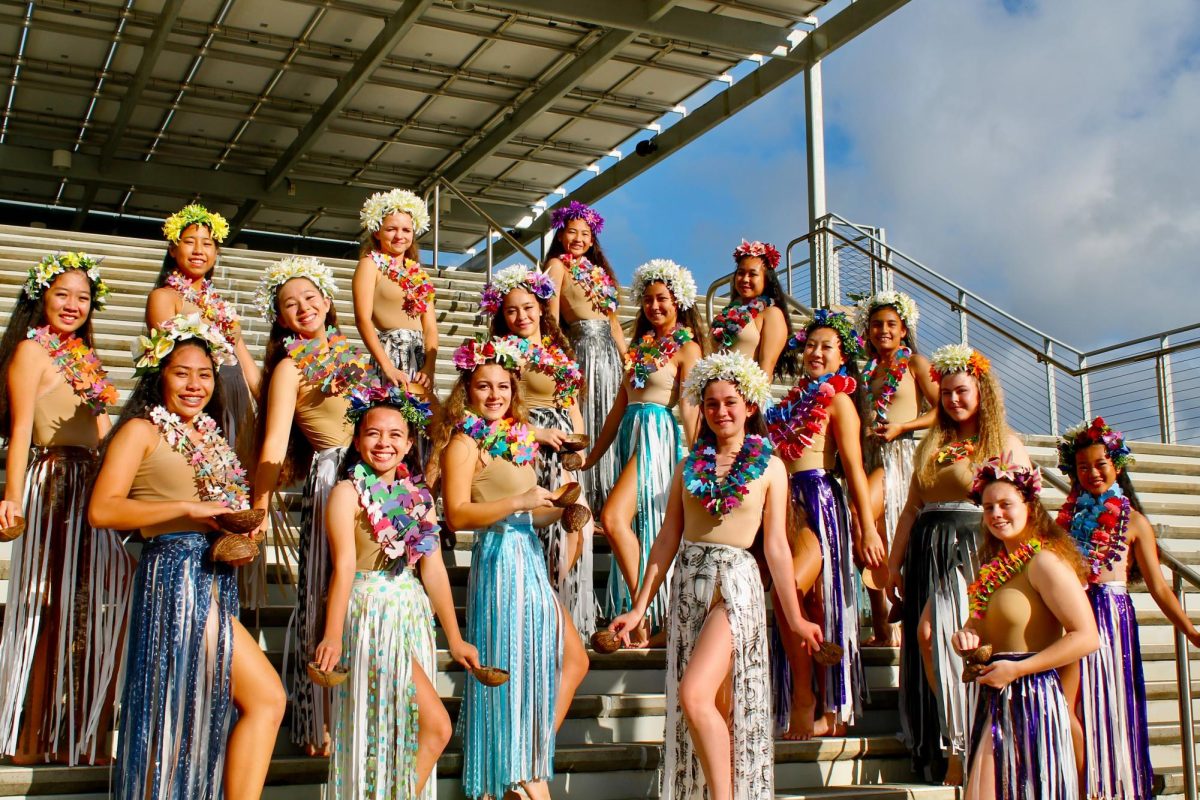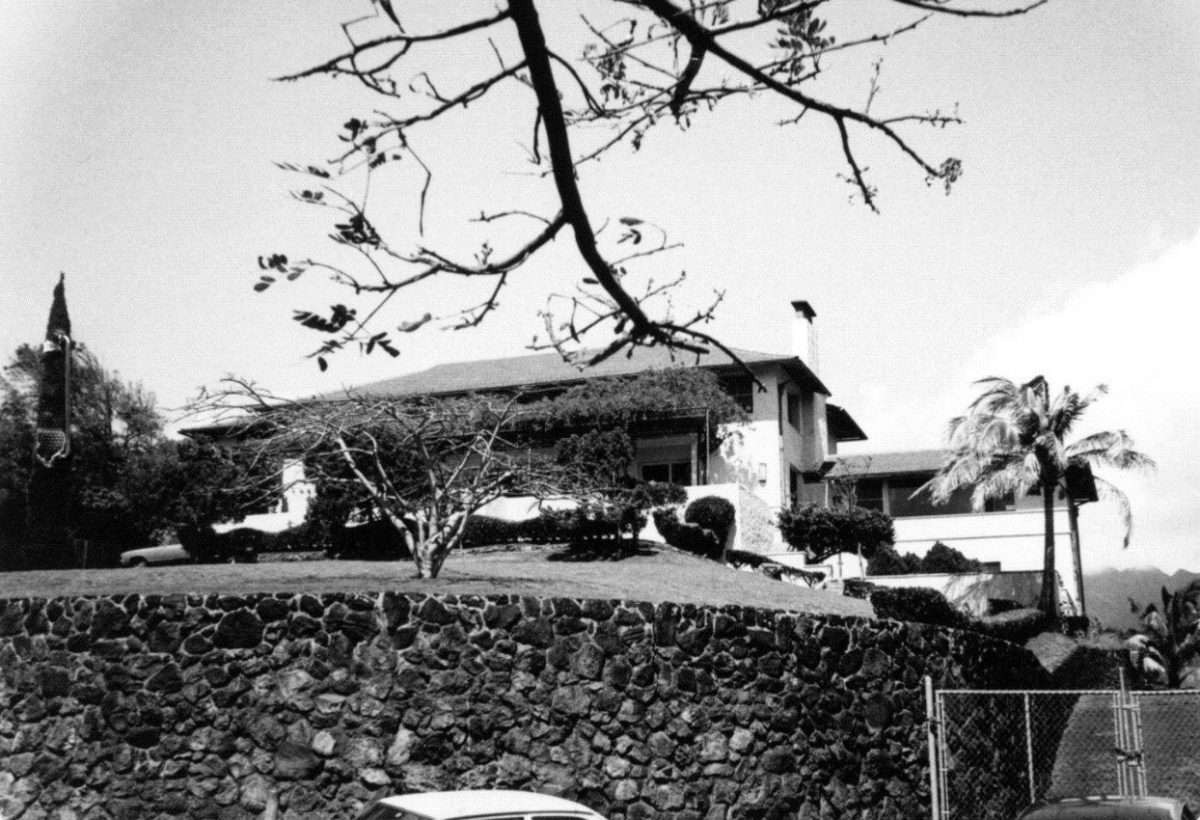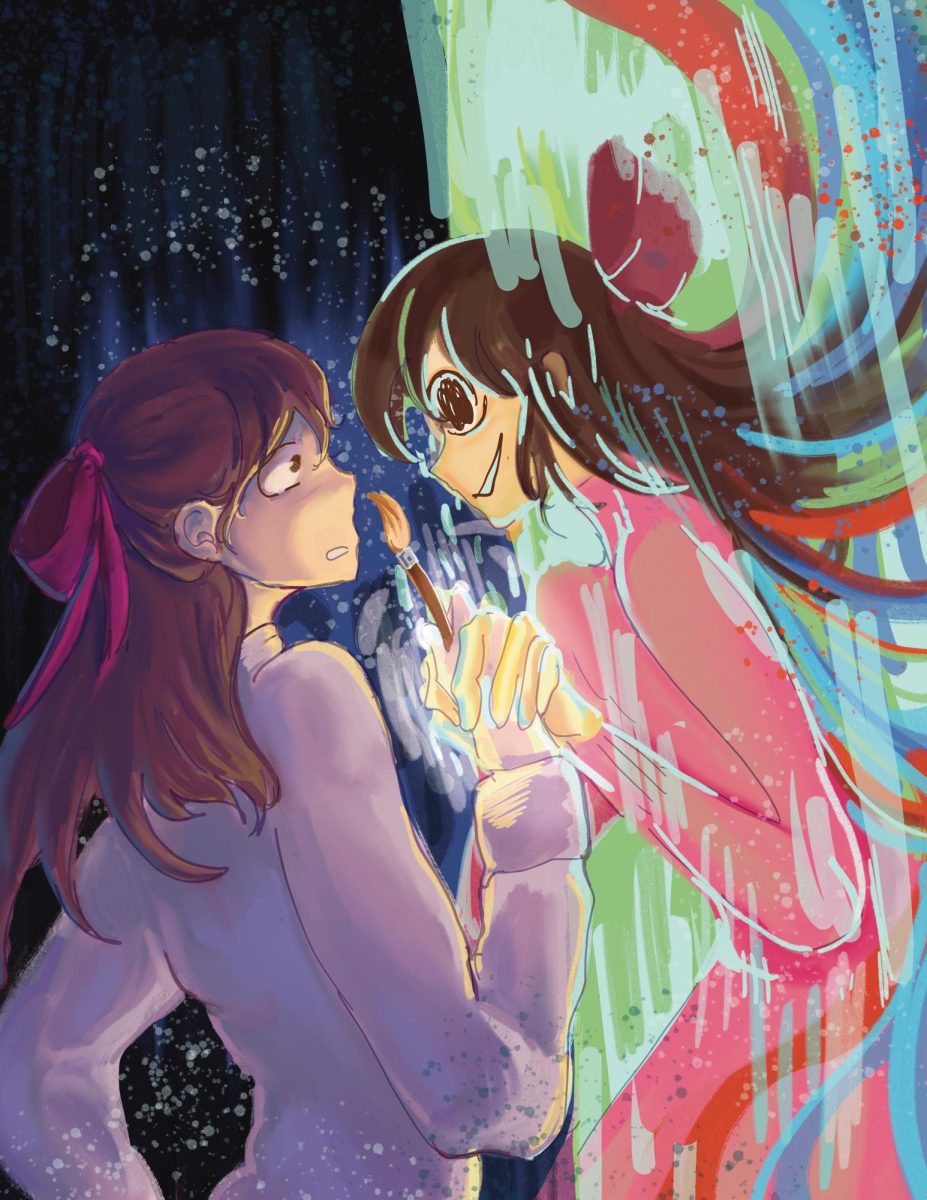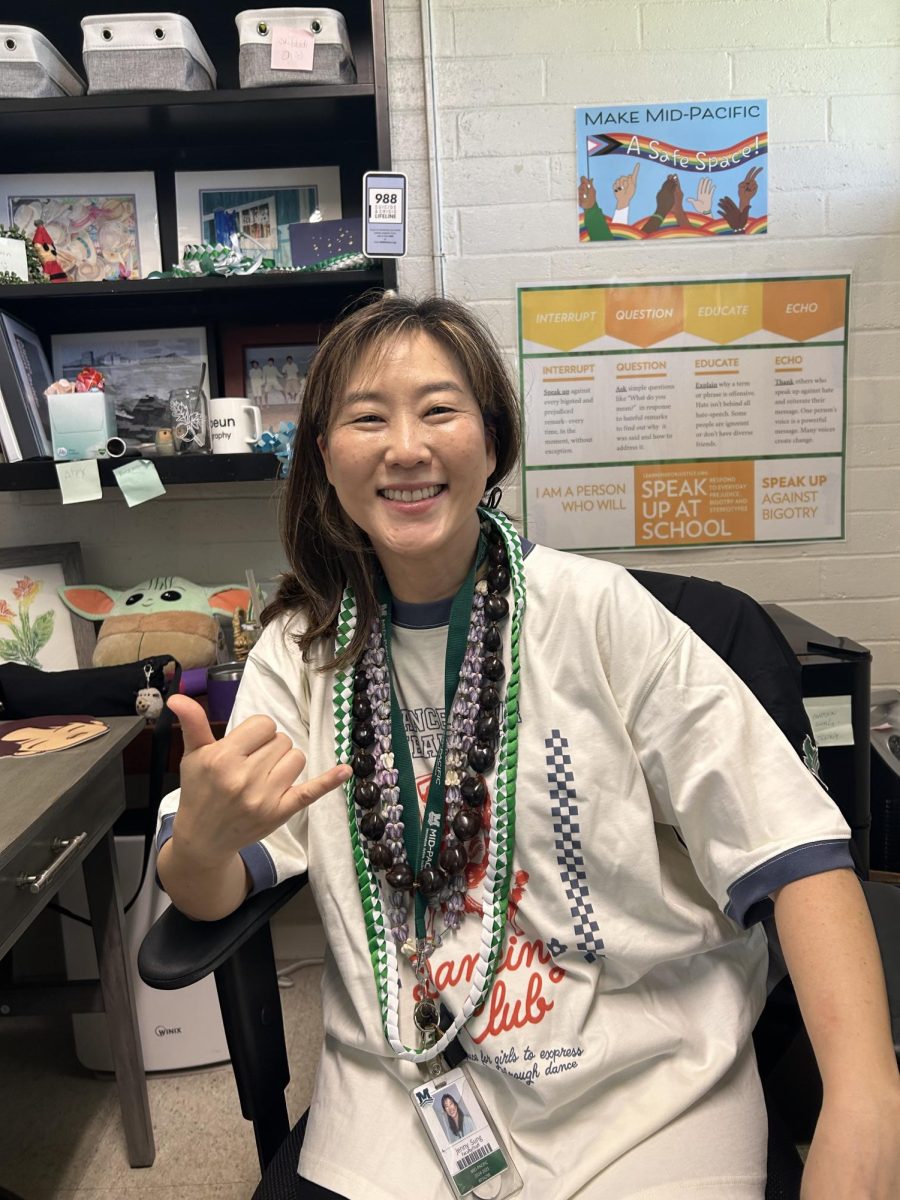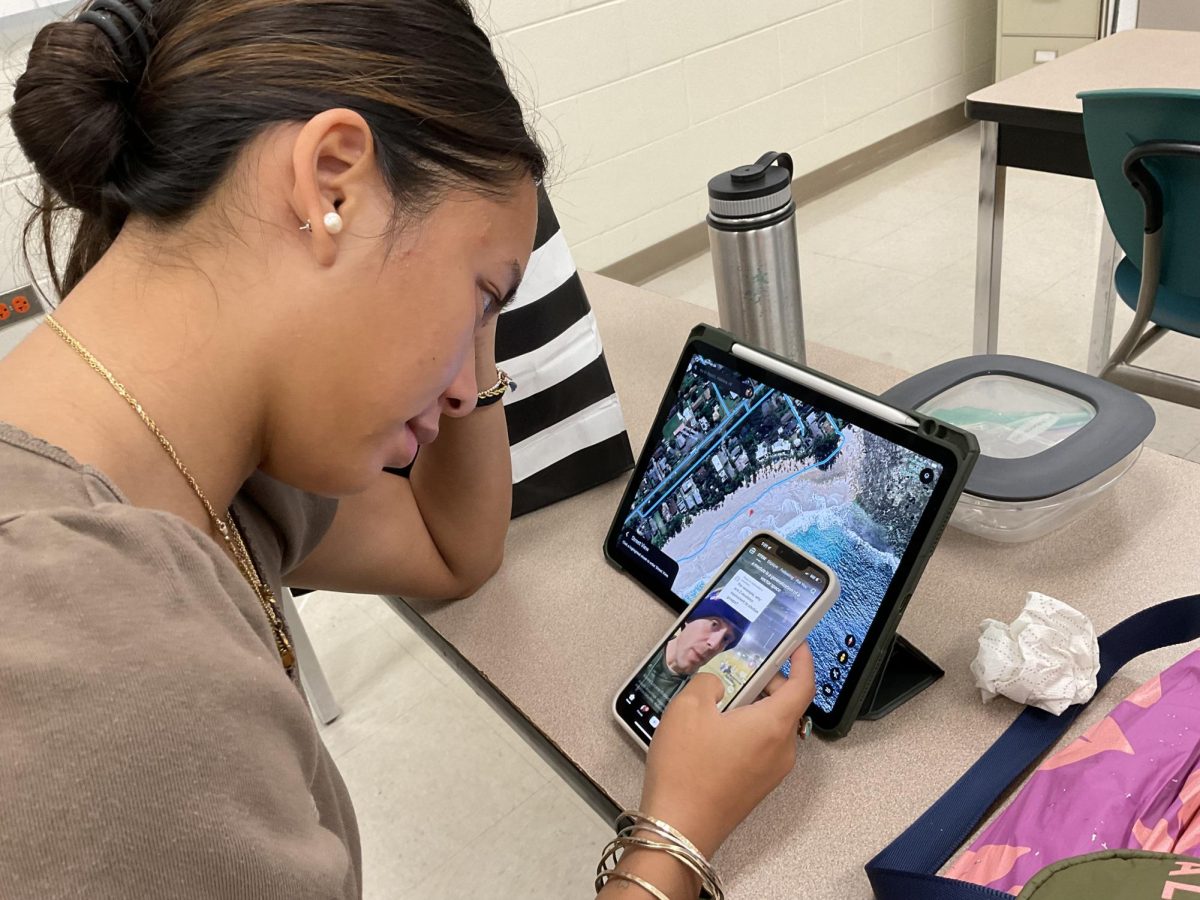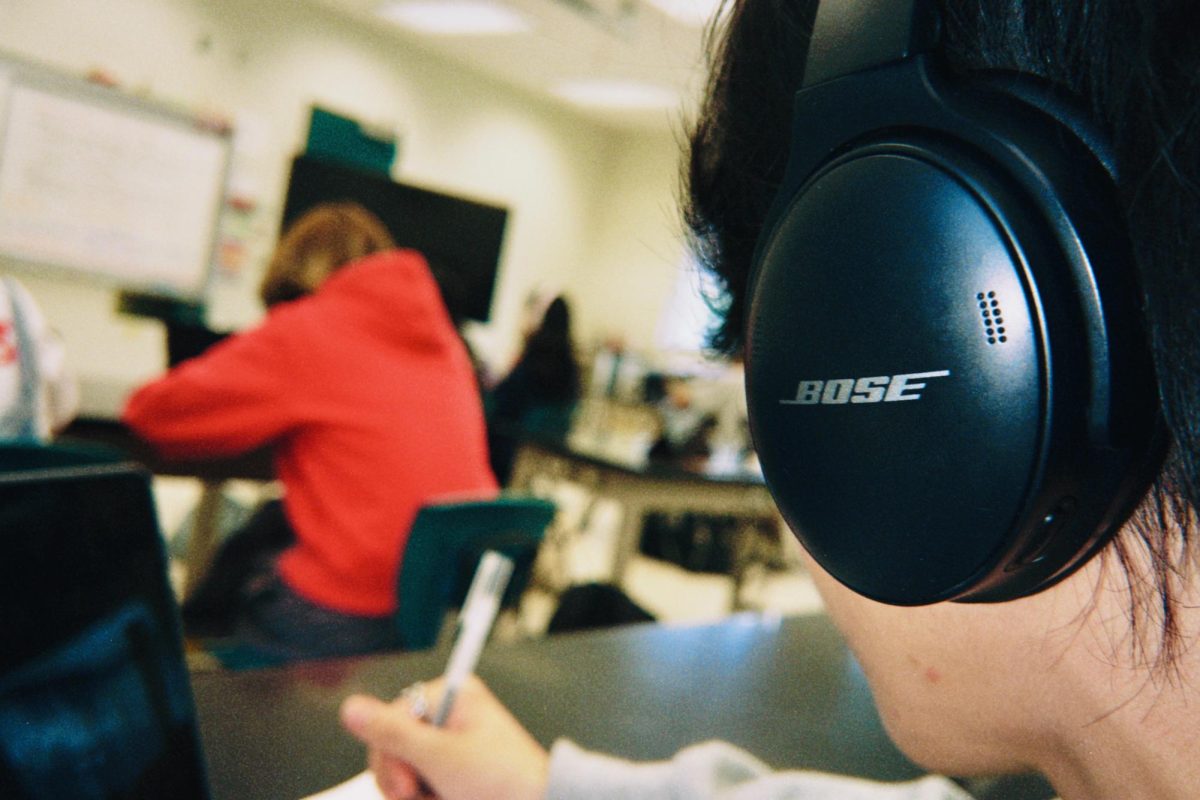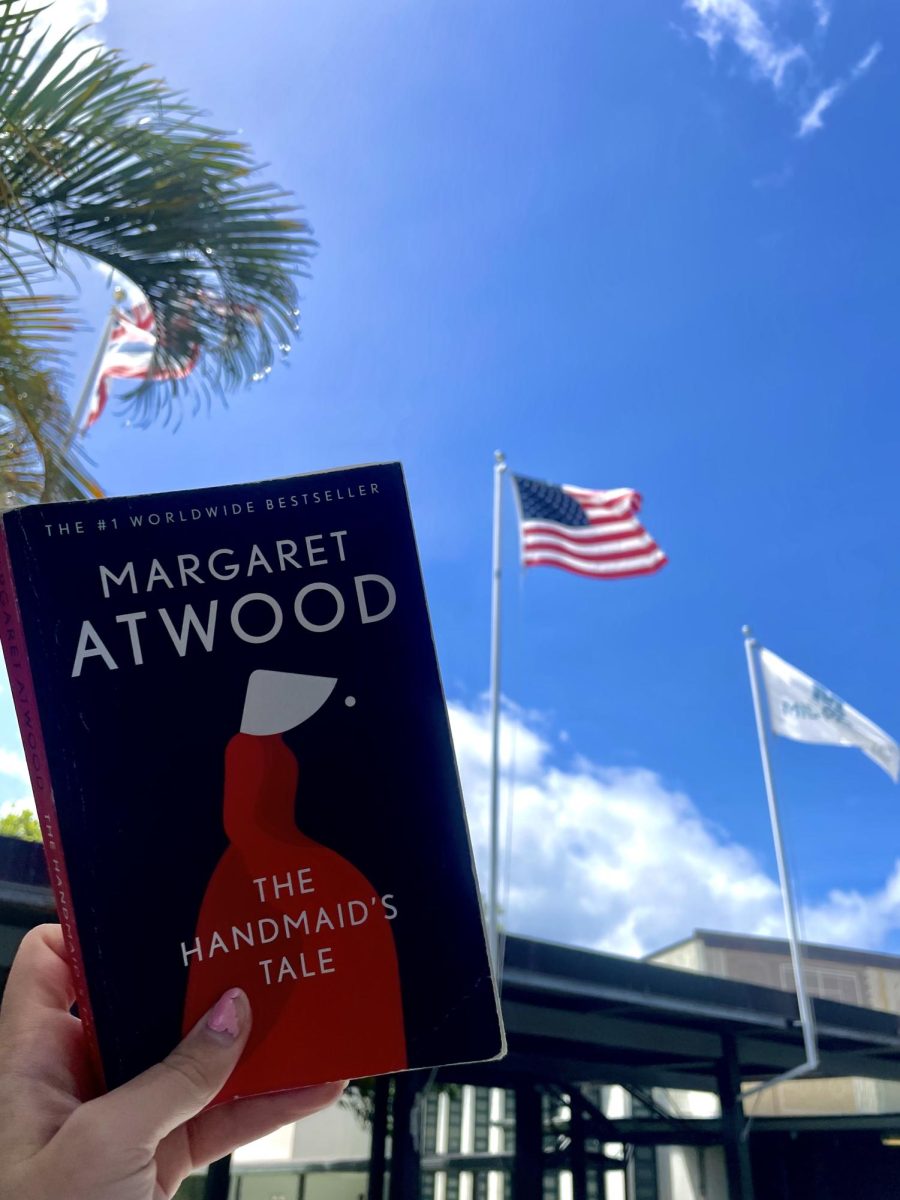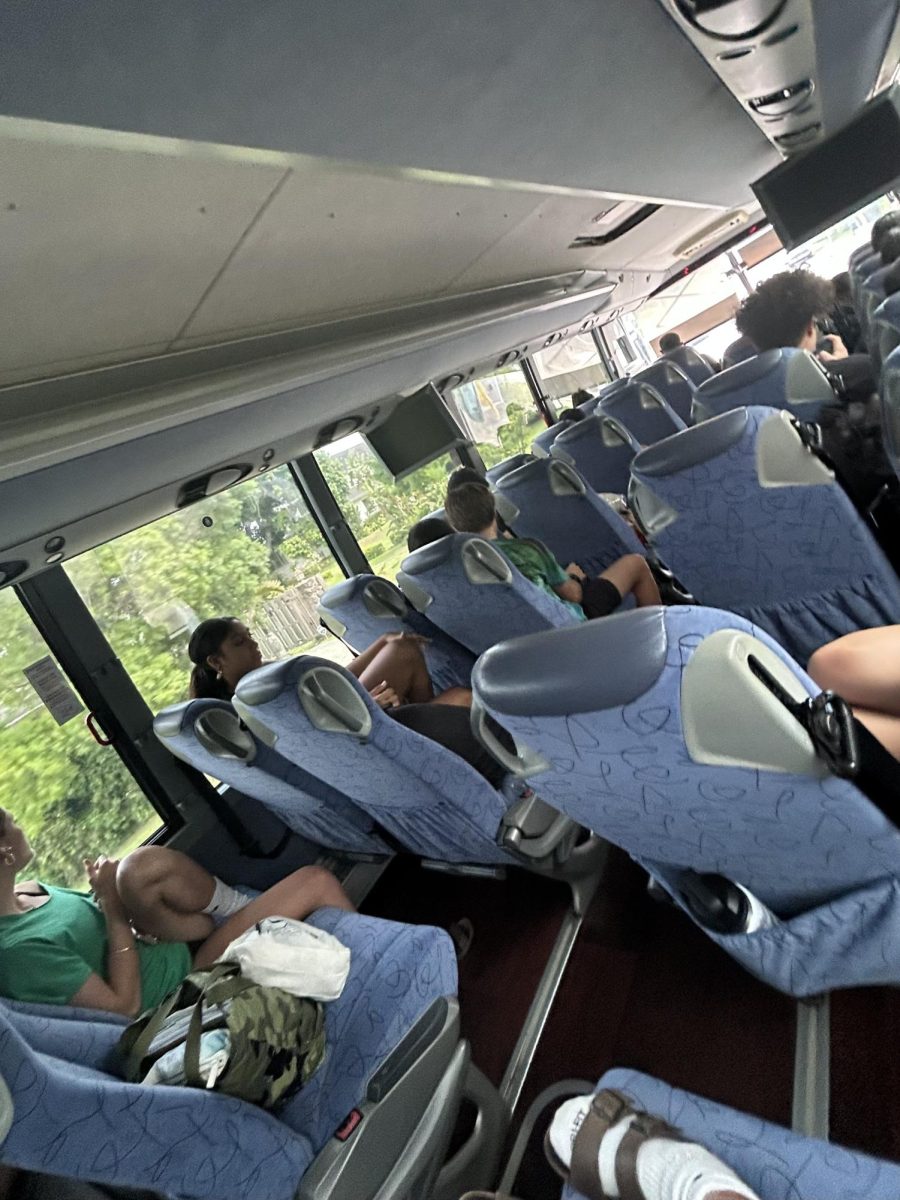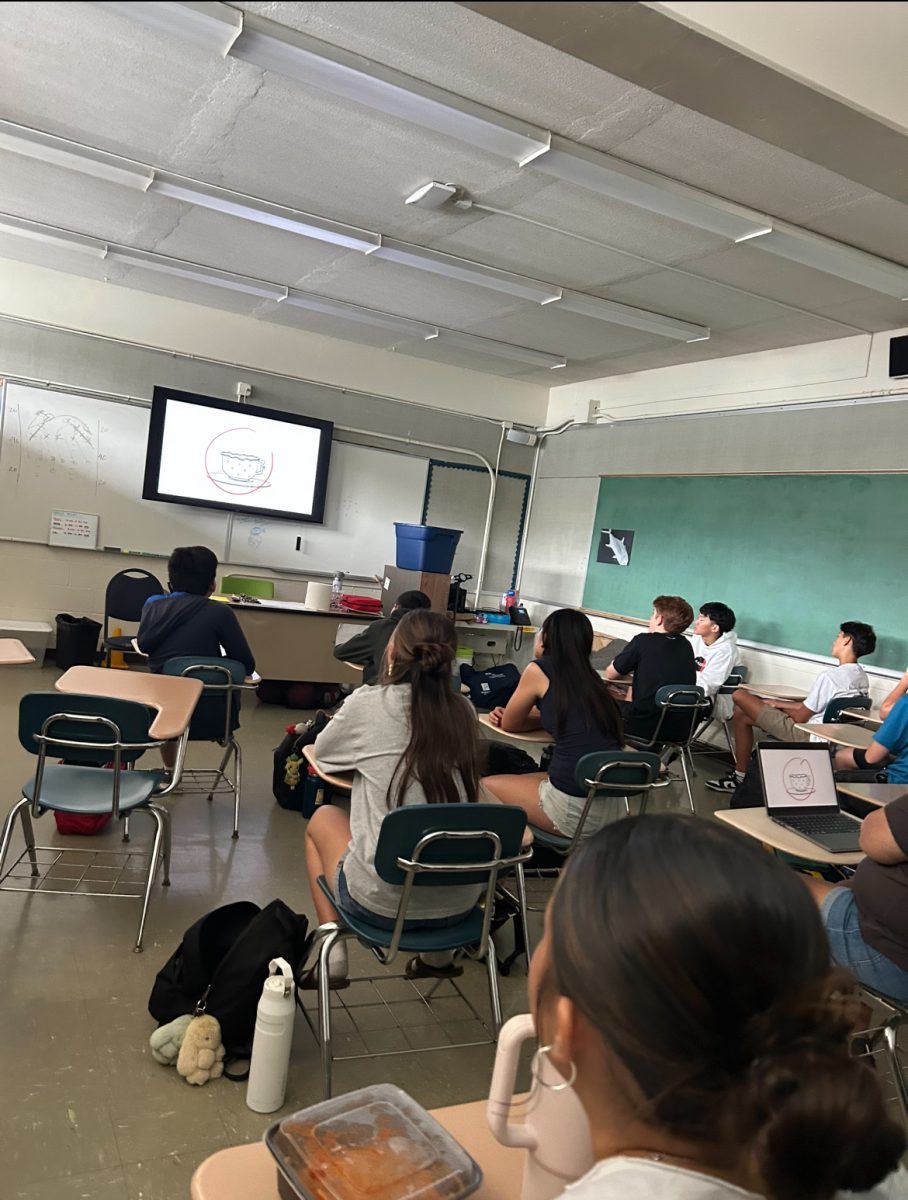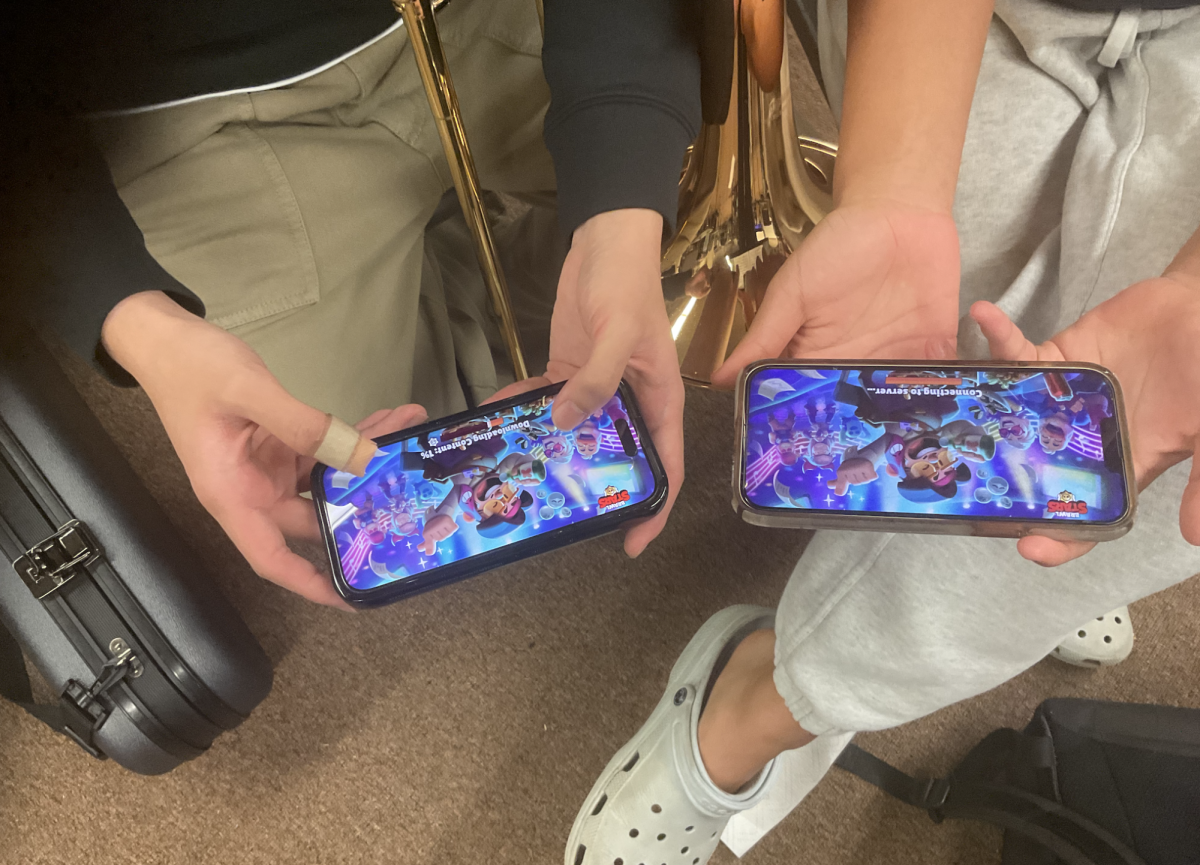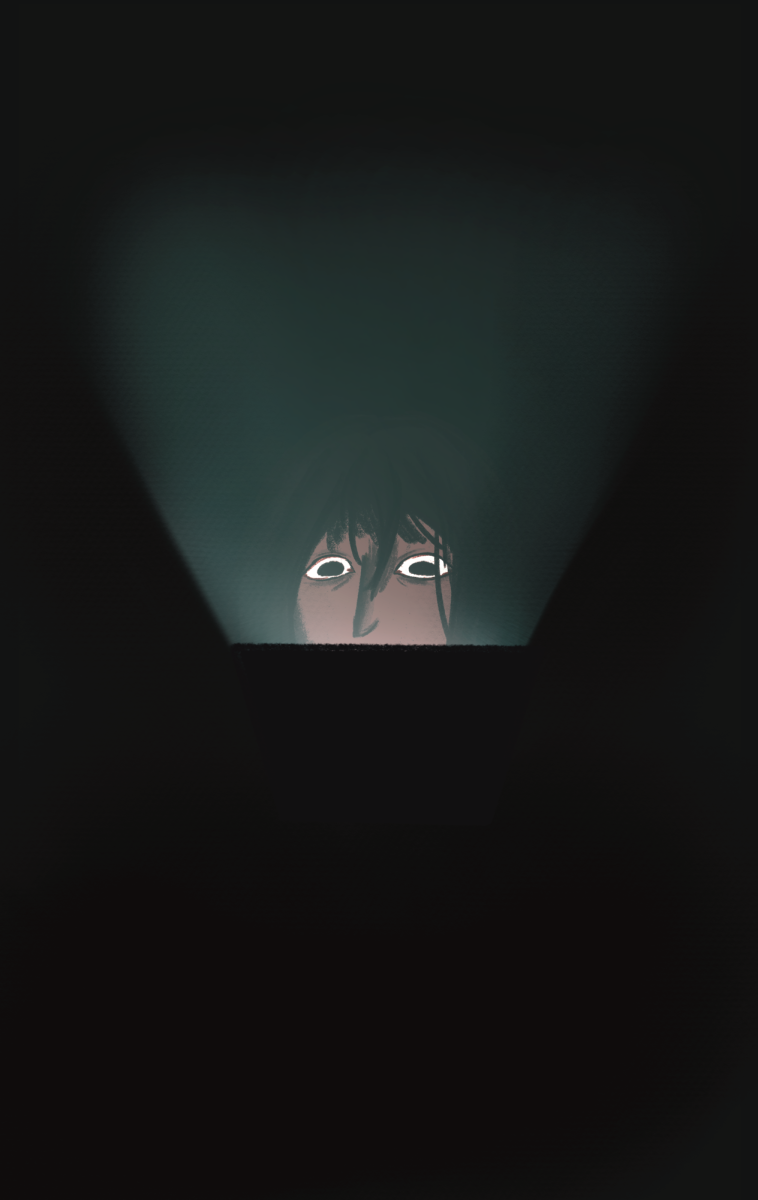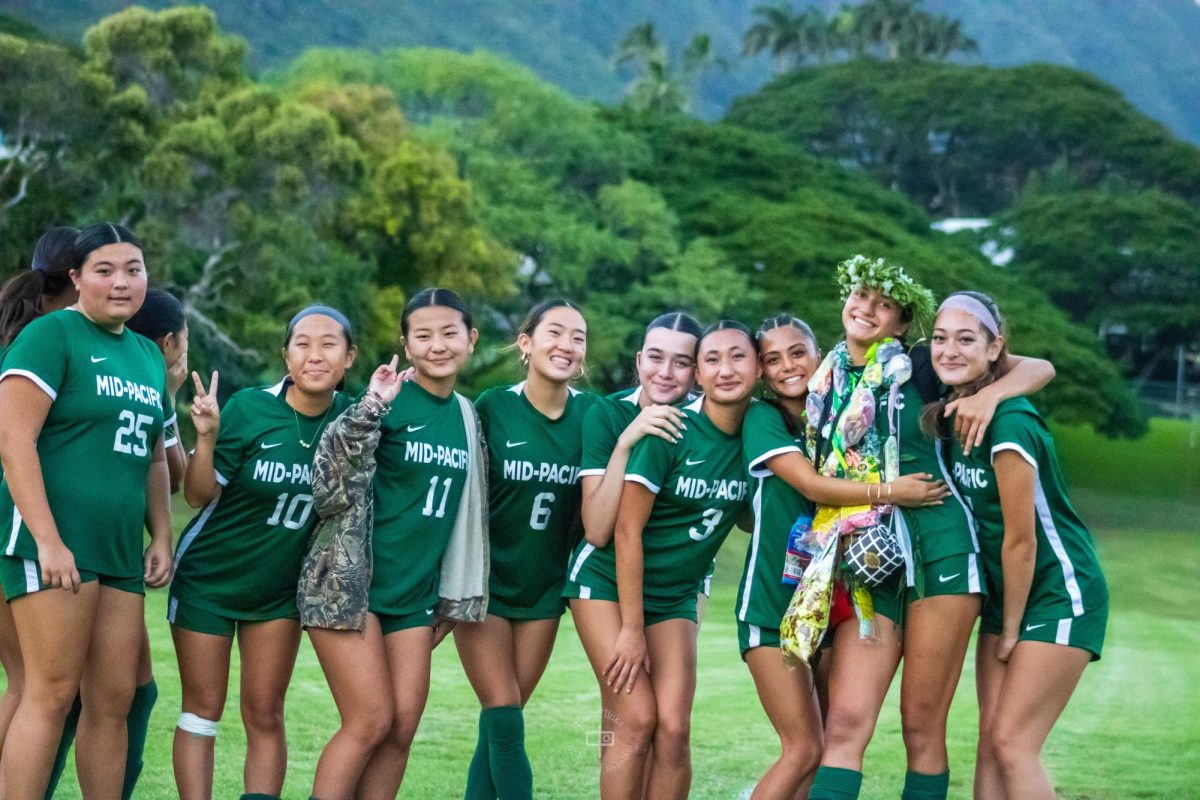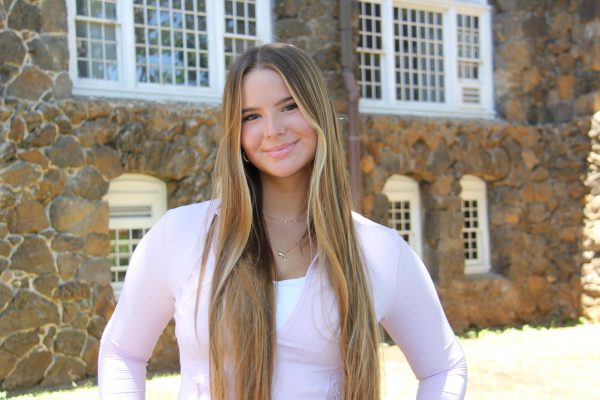Since its founding, Mid-Pacific’s hālau, Pūpūkahi I Ke Alo O Nā Pua has been connecting students to the practice of hula. This program provides students the opportunity to be involved in Hawai‘i’s rich culture and unique communities while deepening their understanding of who they are. More than just an avenue to dance hula and practice native traditions, Pūpūkahi touches the lives of those involved, its impact spanning across generations and having lasting effects.
For Pūpūkahi’s Kumu Hula (hula teacher) Michael Lanakila Casupang, hula is more than just a dance, rather an art form that speaks through movement and the senses. He instills the idea into students that hula connects them to stories and culture.
“Hula is the art of Hawaiian dance expressing all that we see, hear, smell, taste, touch, and feel: that's really the senses that we as humans can experience. We can experience love. We can experience love for our ’Āina, for where we live, and everything that we experience in life can be put into poetry. That poetry can be brought into movement, and that gives it life– that gives those stories life,” Lanakila said.
In the Pūpūkahi program, the curriculum extends beyond the four walls of a classroom, granting students the chance to learn from the world around them. One of the most notable of these experiences is the trip Pūpūkahi took to Maui this school year, where students gave back to the native communities of Hawai‘i and grew closer with their hula brothers and sisters.
“Our trip to Maui last semester strengthened my connection to the hula community by more deeply enmeshing myself with my hula family and Hawai‘i (and hula’s) culture and history. Whether in the seemingly mundane turned chaotic– such as the boat rides to and from Lāna‘i– or the profound, like visiting the Lahainā Memorial or doing our hālau exchange– each moment played a part in bridging the gaps and breaking down the walls to others and hula,” senior Mason Chiang said.
Through community service and their time spent on Maui, Pūpūkahi students were granted the opportunity to give back to what provides the foundation of hula and native culture in Hawai‘i. In senior Kadin Cariaga-Sayegusa’s perspective, sharing a broader purpose is what connects him to the culture.
“Practicing Hawaiian culture and giving back in the sense of dancing hula and all of the community service we do really feels like a cycle of, ‘I'm taking what I need and giving back what the land needs, or what the people need, or what communities need’,” Cariaga-Sayegusa said.
This trip, for many Mid-Pacific hula students, played an integral role in deepening their connection to their peers and the culture of hula. For senior Lana Nakamoto, stepping outside of the classroom and becoming immersed in Hawai‘i’s history and people sparked a period of reflection, demonstrating the strength of the connections she developed through Pūpūkahi.
“It’s a really special bond that we have between both girls and guys. I think it impacts a lot of people, it’s an experience that you might not have elsewhere. It’s building the relationships that you know you’re gonna have throughout high school,” Nakamoto said.
The experiences gained through the program and the Maui trip reflect the meaning of the hālau’s name: united as one. Lanakila aims to uphold this value and instill harmony in the Pūpūkahi community.
“If we can come together with one thought that we're trying to work together, to be unified and to be as one, which, as our name suggests– united as one– then our dancing has a stronger connection. When we dance for the people, whether it's on stage or just in class, we trust each other, we can be vulnerable, and that's okay,” Lanakila said.
Even though the hālau returned from Maui and has since resumed the busy lifestyle of concert rehearsal and schoolwork, the impact of the trip lives on in the lives of Pūpūkahi’s students and the memories they created.
“For the trip, I knew that this would be my last time, and I wouldn't have an opportunity to do this again. Every one of us took everything we could and put it into each day. It really taught me to try to squeeze out as much as we can, because we have so little time. It's just nice to enjoy all the small moments, because if you look back two, three, 10 years down the line, all these small moments that we thought were mundane are gonna be great memories,” Cariaga-Sayegusa said.
Not only is the program an important part of students’ individual lives and journeys, but Mid-Pacific as a whole. Reflected in the values of our community, Pūpūkahi instills the importance of growth and strength of character, these lessons learned through tangible experiences and illustrated by the depth of connections made.
“I think Pūpūkahi is vital to the school’s community for many reasons; however, the most prominent for me has been its transformative impact on my outlook on my island home, as well as the world and the nurturing space it provided to grow as a human being,” Chiang said.
Though Pūpūkahi students attend class and receive traditional grades, the lasting impact is not measured by a report card or captured in a percentage. Instead, the connection to their community that will continue to shape them is the true value earned.
“I think something big I will take with me is to not take the community you have for granted, because next year or in a couple of months, all of us [seniors] are gonna leave our younger hula brothers and sisters, and that’s kind of sad for most of us. We’ve created a connection not only with our class, but with the younger generations,” Nakamoto said. “Even though it’s a grade, it doesn’t really feel like a grade— it feels like a family.”

